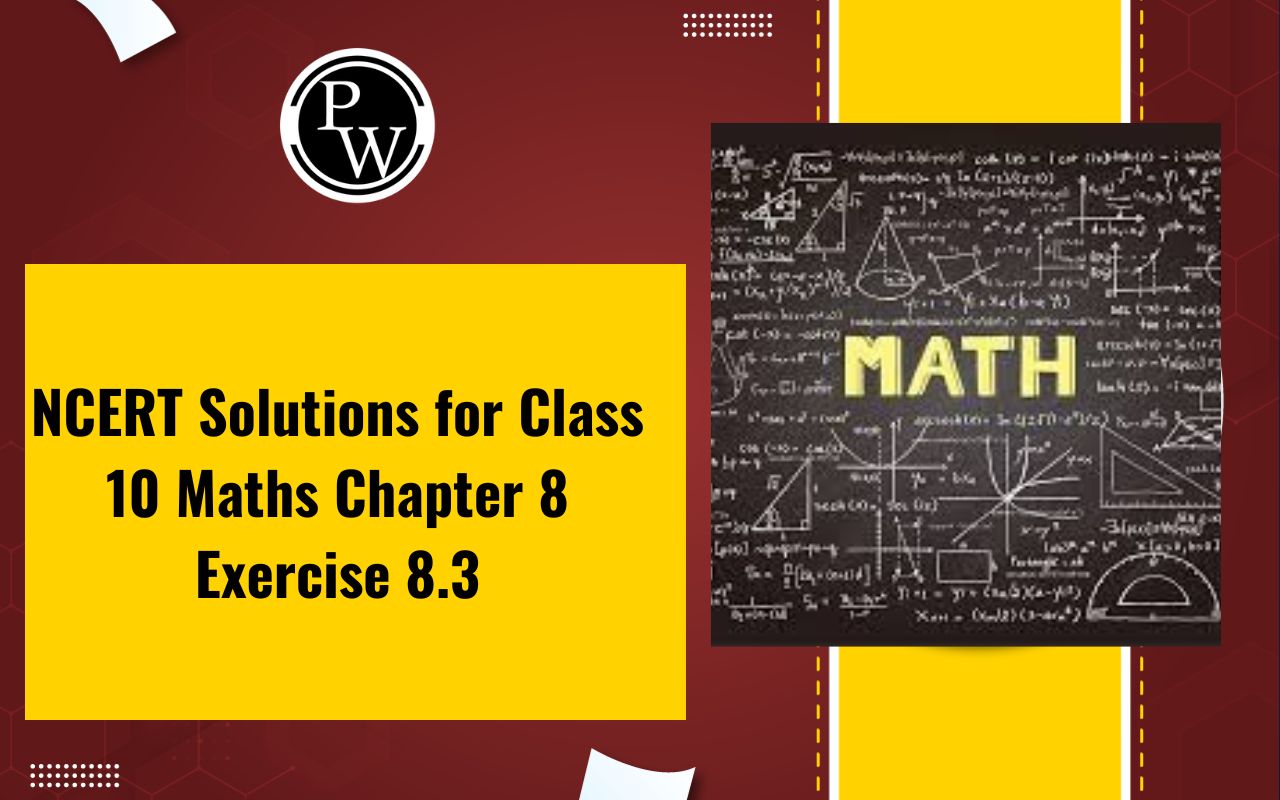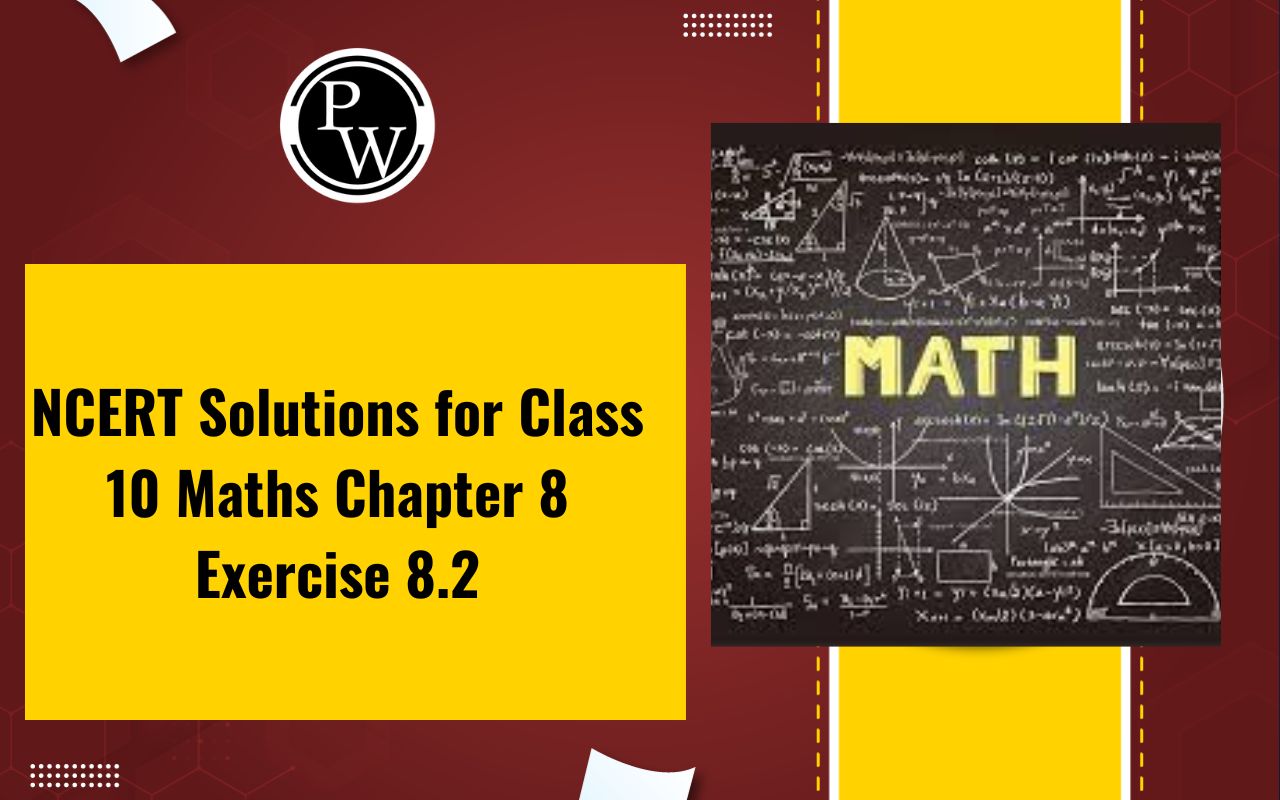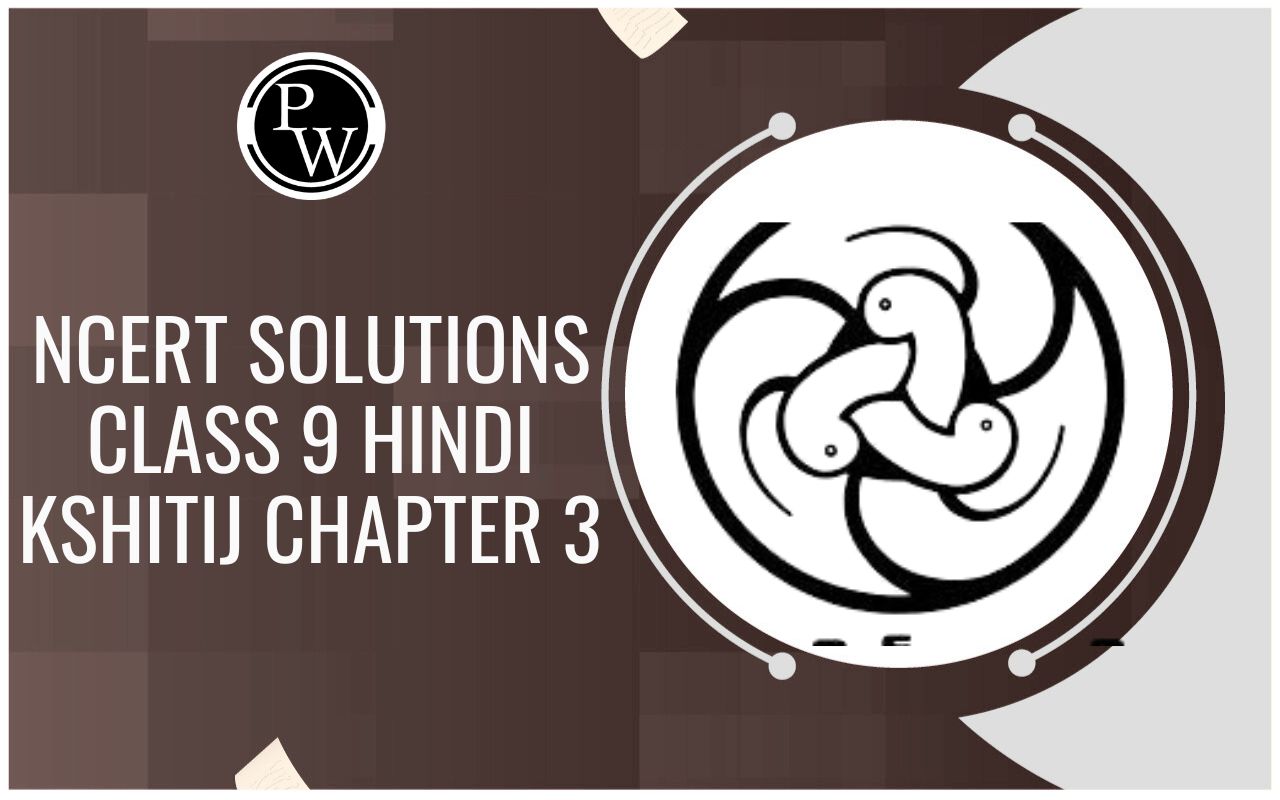
Counting is a fundamental concept in mathematics and plays a crucial role in solving a wide range of problems in various fields, from probability and combinatorics to computer science and engineering. One of the essential rules in counting is the Addition Rule, which helps us determine the total number of outcomes when dealing with multiple events or choices. In this comprehensive guide, we will delve deep into the Addition Rule of Counting, exploring its principles, applications, and real-world examples.
Understanding the Addition Rule of Counting
The Addition Rule of Counting is a basic principle used to calculate the total number of possible outcomes when there are multiple events or choices, and the events are mutually exclusive. Mutually exclusive events are events that cannot occur simultaneously. The rule is often employed in scenarios where you need to determine the total number of ways something can happen when you have to make one choice OR another choice OR another choice, and so on.
The Addition Rule can be stated as follows:
Total Outcomes = Number of Outcomes in Event A + Number of Outcomes in Event B + ... + Number of Outcomes in Event N
In this formula, Event A, Event B, and so on, represent the different mutually exclusive events under consideration. The rule assumes that the events are distinct and that there is no overlap between them.
Applications of the Addition Rule of Counting
The Addition Rule of Counting has broad applications across various disciplines and real-life scenarios. Here are some areas where it is commonly used:
- Probability Theory
In probability theory, the Addition Rule is used to calculate the probability of the union of two or more events. When you want to determine the likelihood of Event A occurring OR Event B occurring OR both events occurring, you can apply the Addition Rule.
- Combinatorics
Combinatorics is the study of counting and arranging objects. The Addition Rule is an essential tool for counting the total number of possibilities when dealing with permutations, combinations, and arrangements of objects.
- Genetics
In genetics, the Addition Rule is used to calculate the probability of specific genetic outcomes when two or more genetic events are considered. For example, when determining the probability of offspring inheriting specific traits from their parents.
- Decision-Making
In decision-making processes, the Addition Rule helps calculate the total number of possible outcomes when making choices or decisions with multiple alternatives. It is often used in fields like economics and business analysis.
- Game Theory
Game theory involves strategic decision-making in competitive situations. The Addition Rule can be applied to calculate the total number of possible outcomes and strategies in various games and scenarios.
Also Check – Linear Equation Formula
The Addition Rule in Action: Real-World Examples
To gain a better understanding of how the Addition Rule of Counting works, let's explore some real-world examples.
Example 1: Choosing an Outfit
Imagine you are getting dressed for the day, and you have the following choices:
Choice A: Selecting a shirt (5 options).
Choice B: Choosing pants (3 options).
Choice C: Picking shoes (2 options).
How many different outfits can you create by making one choice for each category (shirt, pants, shoes)?
Using the Addition Rule:
Total Outfits = Number of Shirt Options + Number of Pants Options + Number of Shoe Options
Total Outfits = 5 + 3 + 2
Total Outfits = 10 different outfits
You can create 10 different outfits by applying the Addition Rule.
Example 2: Card Games
In a standard deck of playing cards, you have four suits (hearts, diamonds, clubs, spades), and each suit has 13 ranks (Ace through King). How many ways can you draw a card that is either a heart or a King?
Using the Addition Rule:
Total Ways = Number of Ways to Draw a Heart + Number of Ways to Draw a King
Total Ways = 13 (hearts) + 4 (Kings)
Total Ways = 17 ways
There are 17 ways to draw a card that is either a heart or a King from a standard deck.
Example 3: Movie Night
You and your friends are planning a movie night, and you have the following movie genre choices:
Choice X: Action movies (4 options).
Choice Y: Comedy movies (3 options).
Choice Z: Science fiction movies (2 options).
How many different combinations of movie genres can you choose for your movie night?
Using the Addition Rule:
Total Combinations = Number of Action Movies + Number of Comedy Movies + Number of Science Fiction Movies
Total Combinations = 4 + 3 + 2
Total Combinations = 9 different combinations
There are 9 different combinations of movie genres you can choose for your movie night.
Also Check – Logarithm Formula
Example 4: Menu Combinations
Imagine you are at a restaurant with a diverse menu. You have the following choices for each course:
Choice A: Appetizer (3 options).
Choice B: Main Course (5 options).
Choice C: Dessert (2 options).
You want to create a three-course meal by selecting one option from each category (appetizer, main course, dessert). How many different meal combinations can you create?
Using the Addition Rule:
Total Meal Combinations = Number of Appetizer Options + Number of Main Course Options + Number of Dessert Options
Total Meal Combinations = 3 (appetizers) + 5 (main courses) + 2 (desserts)
Total Meal Combinations = 10 different meal combinations
So, there are 10 different meal combinations you can create by applying the Addition Rule.
Example 5: Travel Itinerary
Suppose you are planning a vacation with multiple destinations, and you have the following choices for your itinerary:
Choice X: Visit a beach town (2 options).
Choice Y: Explore a historic city (3 options).
Choice Z: Go on a nature hike (4 options).
You want to plan a vacation itinerary that includes visiting one destination from each category (beach town, historic city, nature hike). How many different vacation itineraries can you create?
Using the Addition Rule:
Total Itinerary Options = Number of Beach Town Options + Number of Historic City Options + Number of Nature Hike Options
Total Itinerary Options = 2 (beach towns) + 3 (historic cities) + 4 (nature hikes)
Total Itinerary Options = 9 different vacation itineraries
There are 9 different vacation itineraries you can plan using the Addition Rule.
Example 6: Color Combinations
Suppose you are designing a logo for a new company, and you have the following color choices:
Choice P: Primary colors (3 options).
Choice S: Secondary colors (3 options).
Choice M: Metallic colors (2 options).
You want to select a color scheme by choosing one color from each category (primary, secondary, metallic). How many different color schemes can you create?
Using the Addition Rule:
Total Color Schemes = Number of Primary Color Options + Number of Secondary Color Options + Number of Metallic Color Options
Total Color Schemes = 3 (primary colors) + 3 (secondary colors) + 2 (metallic colors)
Total Color Schemes = 8 different color schemes
There are 8 different color schemes you can create for the company logo using the Addition Rule.
Example 7: Voting Options
In a local election, there are three candidates running for mayor (Candidate A, Candidate B, Candidate C) and two candidates running for city council (Candidate X, Candidate Y). How many different voting options are there if a voter must select one candidate for mayor and one candidate for city council?
Using the Addition Rule:
Total Voting Options = Number of Mayor Candidates + Number of City Council Candidates
Total Voting Options = 3 (mayor candidates) + 2 (city council candidates)
Total Voting Options = 5 different voting options
There are 5 different voting options in this local election using the Addition Rule.
These real-world examples demonstrate how the Addition Rule of Counting is applied when making choices from multiple categories or events. It helps calculate the total number of possibilities when the events or choices are mutually exclusive, and the outcomes do not overlap. Whether you're planning meals, travel itineraries, color schemes, or voting options, the Addition Rule provides a systematic way to count the possibilities and make informed decisions.
Also Check – Quadrilaterals Formula
Advanced Applications: The Inclusion-Exclusion Principle
The Addition Rule of Counting can also be extended to more complex situations where events are not mutually exclusive. In such cases, the Inclusion-Exclusion Principle is used. This principle allows us to calculate the total number of outcomes when events may overlap.
The Inclusion-Exclusion Principle can be stated as follows:
Total Outcomes = Number of Outcomes in Event A + Number of Outcomes in Event B + ... - Number of Outcomes in (Event A ∩ Event B) - ...
In this formula, the subtraction of overlapping outcomes (Event A ∩ Event B) corrects for the double counting of outcomes that belong to both events. This principle is particularly useful in situations where events can occur together, such as when calculating the probability of two events happening simultaneously.
Summary
The Addition Rule of Counting is a fundamental concept in mathematics with widespread applications in various fields. It allows us to calculate the total number of outcomes or possibilities when dealing with multiple events or choices. Whether you're selecting outfits, planning movie nights, or calculating probabilities, the Addition Rule provides a systematic and efficient way to count the possibilities. Understanding this rule is essential for problem-solving and decision-making in a wide range of scenarios.
Addition rule of counting FAQs
What is the Addition Rule of Counting?
When is the Addition Rule of Counting used?
What does "mutually exclusive" mean in the context of the Addition Rule?
Can the Addition Rule be applied to more than two events?
How does the Addition Rule differ from the Multiplication Rule of Counting?










